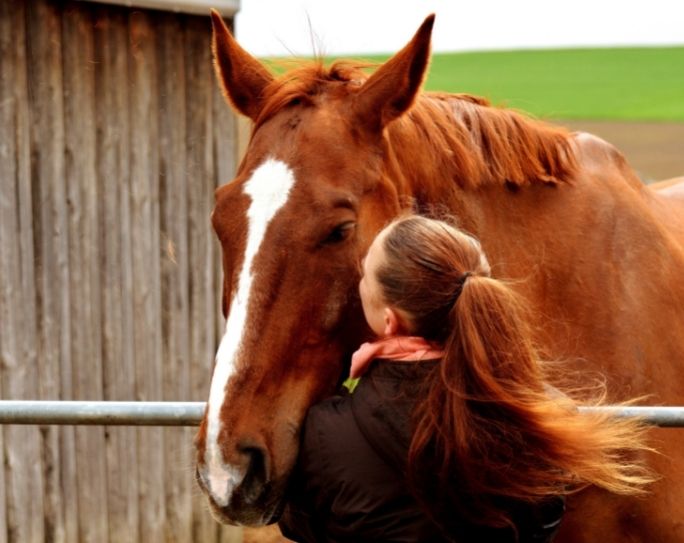4 tips for offering horse-sitting services that stand out

Horses may not be the first animals that come to mind when people think about the type of animals that pet sitters typically care for. But horse owners travel, too, and they need someone to provide quality care for their horses while they are away.
According to PSI’s 2016 State of the Industry Survey, 20.1 percent of PSI pet sitters offer horse-sitting services.
If you are a pet sitter who offers equine care, you want to make sure that you offer quality care that stands out. This will allow you to build a strong reputation and attract more clients.
Whether you are an experienced horse sitter or you are new to the service, there are steps you can take to build or maintain a strong business.
1. Pursue education and credentials. It is important to make sure that you have the qualifications to care for horses. They are large and powerful animals, but they are delicate internally. If you do not have experience around horses or are afraid of them, horse sitting is probably not for you. But even if you are an experienced horse owner or horse rider, you want to stand out from the crowd and convey that you are trained and committed to providing the highest level of care.
Pursuing education will demonstrate that commitment and will strengthen your knowledge base. Such a course will also provide you with a foundation of knowledge about basic care of other common companion animals. This is important, since many horse owners own other pets that you will have to care for while they are away.
2. Make your meet and greet count. It is important to schedule a face-to-face meeting (often called a pet-sitter meet and greet or initial consultation) with a potential client. Not only will this allow you to sell yourself and your services, but it will give you an opportunity to gather important information that you need to know before accepting a horse-sitting assignment. By showing up on time to the consultation and coming prepared, you can make a good first impression. You should be equipped with a service contract and with a list of the important questions to ask. PSI offers a Horse Care Profile Sheet that pet sitters can purchase and use in addition to their contract to record vital information.
A horse owner can see your attention to detail and ability to plan for many scenarios, based on the questions you ask. And make sure you set aside enough time to interact with the horse or horses you will be caring for. These interactions will show the owner that your qualifications don’t just look good on paper. You are comfortable around horses and you know your way around a horse barn.
3. Plan for veterinary care. You may never have to seek emergency veterinary care for a horse, but you need to have a plan in place in case that care is needed. Prepare a list of thorough questions to ask owners about what to do in the case of emergency. That information will enable you to act quickly if an emergency arises. You want to make sure that you have contact information for the horse’s veterinarian. Make sure that the owner has given you authorization to engage a vet in an emergency, and that the owner has notified the vet ahead of time that you will be horse sitting. See if the horse is insured and if the owner has made arrangements for billing.
You also need to consider transportation. Will the veterinarian make visits to the farm or ranch? Will the owner have someone available to provide transportation if necessary or provide the necessary hauling equipment? Will you be transporting the horse, and if so, do you know what type of trailer the horse is accustomed to and if there have been previous problems with loading the horse?
Finally, you need to know the owner’s farrier of choice and if a call to one is warranted if there is a problem.
Your ability to handle an emergency will speak volumes about your service level.
4. Follow the routine, but be observant. Horses require a high level of care, and they have routines that you should follow closely. The first step to following a routine is making sure you understand the ins and outs of each horse’s routine, including feeding and turnout schedules. No two horses are the same, and no two owners are the same. Once you record the instructions, make sure you follow them closely.
But even if you follow the routine, problems can arise, so be observant. Horses can’t tell you what is bothering them, but through experience and research, you should be able to detect the signs of common ailments such as colic, a gastrointestinal disorder that can be fatal. Horses come in all shapes and sizes, and there are many different breeds, but basic care is the same.
Horses also communicate a lot through their body language, and being able to understand them can help give you a leg up as a pet sitter. PSI members, be sure to read more about reading a horse’s body language in the July/August 2016 edition of Pet Sitter’s World.
Pet sitters, do you have any other tips for providing excellent horse-sitting services?







Comments
Vickie Schoenhoff
Linda duncan
Katharine McKeown
Lara Simonsen
Max Clayton
Just wondering, wouldn't the market be extremely small?